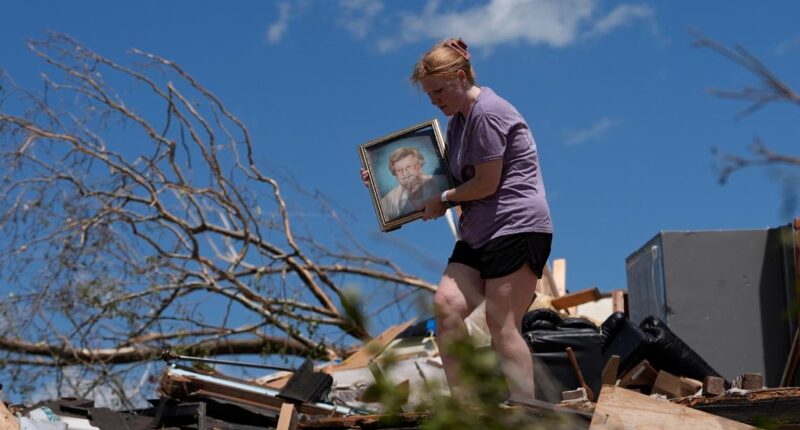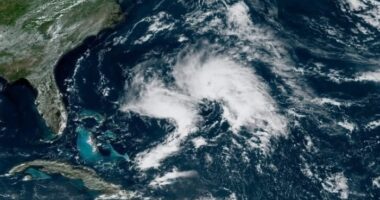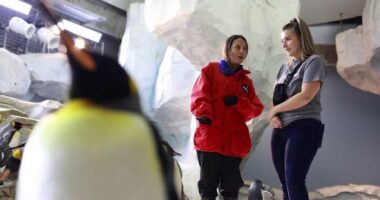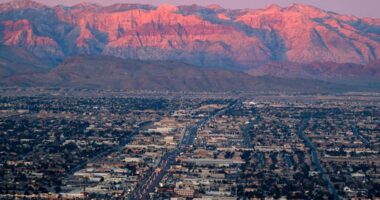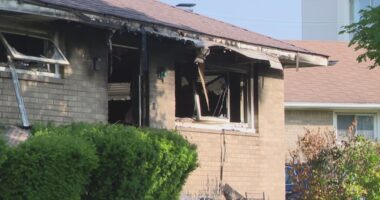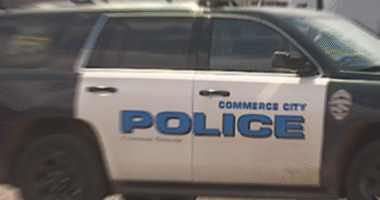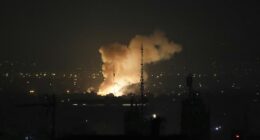
A devastating tornado damaged hundreds of homes, tossed vehicles and left many people homeless.
In Kentucky and Missouri, residents were assessing the aftermath of tornadoes that wreaked havoc in their neighborhoods and were cleaning up debris on Sunday after severe storms ravaged parts of the Midwest and South, claiming the lives of over 25 individuals.
Kentucky bore the brunt of the devastation as a powerful tornado wreaked havoc on numerous homes, flung vehicles around, and displaced many residents. The toll stood at a minimum of 18 fatalities, predominantly in southeastern Laurel County. Additionally, ten individuals sustained critical injuries, with state officials cautioning that the number of casualties might escalate.
Gov. Andy Beshear took to social media to convey the state’s response to the calamitous weather, with the intention of addressing the immense damage and loss of life. “We are currently engaged in efforts to deal with the catastrophic aftermath of the severe weather,” the governor shared on X morning. Furthermore, he highlighted the procurement of immediate shelter solutions and exploration of locations for temporary accommodation.
The latest Kentucky storms were part of a weather system Friday that killed seven in Missouri and two in northern Virginia, authorities said. The system also spawned tornadoes in Wisconsin, brought punishing heat to Texas and temporarily enveloped parts of Illinois — including Chicago — in a pall of dust on an otherwise sunny day.
In London, Kentucky, Ryan VanNorstran huddled with his brother’s large dogs in a first-floor closet as the storm hit his brother’s home Friday in a neighborhood along Keavy Road where much of the destruction in the community of nearly 8,000 people was centered. VanNorstran was house-sitting.
He said he felt the house shake as he got in the closet. Then a door from another house crashed through a window. All the windows blew out of the house and his car was destroyed. Chunks of wood had punched through several parts of the roof but the house avoided catastrophic damage. When he stepped outside he heard “a lot of screaming.”
“I guess in the moment, I kind of realized there was nothing I could do. I’d never really felt that kind of power from just nature,” he said. “And so I was in there and I was just kind of thinking, it’s either gonna take me or it’s all gonna be all right.”
Survey teams were expected on the ground in Kentucky on Monday so the state can apply for federal disaster assistant, Beshear said.
Parts of two dozen state roads were closed, and some could take days to reopen, he said.
About 1,200 tornadoes strike the U.S. annually, and they have been reported in all 50 states over the years. Researchers found in 2018 that deadly tornadoes were happening less frequently in the traditional “Tornado Alley” of Oklahoma, Kansas and Texas and more frequently in parts of the more densely populated and tree-filled mid-South.
In St. Louis, Mayor Cara Spencer said five people died, 38 were injured and more than 5,000 homes were affected.
“The devastation is truly heartbreaking,” she said at a news conference Saturday.
A tornado struck in Scott County, about 130 miles (209 kilometers) south of St. Louis, killing two people, injuring several others and destroying multiple homes, Sheriff Derick Wheetley wrote on social media.
The storms hit after the Trump administration massively cut staffing of National Weather Service offices, with outside experts worrying about how it would affect warnings in disasters such as tornadoes.
The office in Jackson, Kentucky, which was responsible for the area around London, Kentucky, had a March 2025 vacancy rate of 25%; the Louisville, Kentucky, weather service staff was down 29%; and the St. Louis office was down 16%, according to calculations by weather service employees obtained by The Associated Press. The Louisville office was also without a permanent boss, the meteorologist in charge, as of March, according to the staffing data.
Experts said any vacancy rate above 20% is a critical problem.
Copyright 2025 Associated Press. All rights reserved. This material may not be published, broadcast, rewritten, or redistributed.
